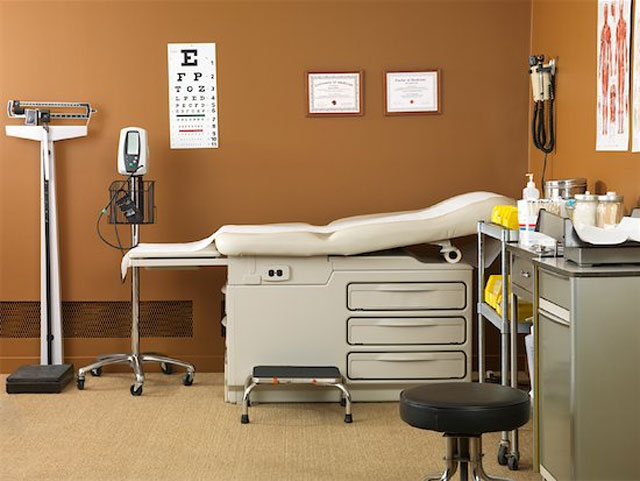 Photo: buffalocleaningservice.com
Photo: buffalocleaningservice.com
Depleting savings, working extra hours, and increasing credit card limits are just a few of the strategies 20% of insured US workers are undertaking in order to cover at least some of their excessive medical costs. This is according to a Kaiser Family Foundation/New York Times survey released on January 5th, which shows that 1/5th of Americans who are insured are facing significant economic challenges due to medical bills that are unaffordable.
High copays, deductibles, and coinsurance are often the culprits, which can add up in the case of medical necessities and emergencies. In addition, confusing medical coverage can result in claim denials (26%) and misunderstanding which providers are in versus out-of-network (32%). Even when clarification was sought, the study found that among all participants (insured and uninsured) more than 65% said that attempts to negotiate a better price for care or to compare providers/prices were not successful. And as a result of the opaque and complicated traditional healthcare landscape, almost half of those insured (42%) are avoiding necessary/recommended medical care.
Calls for better cost-control and more transparency are becoming the constant refrain among consumers and healthcare advocates. But despite slow progress on both counts, nontraditional approaches to healthcare are starting to crop up around the country for both individual and employer-sponsored coverage. For example, companies such as Oscar, Collective Health, and Zoom are offering more cost-friendly and transparent healthcare systems that directly contradict the current unwieldy approach led by traditional brokers and carriers.
Another smart alternative for small to midsize organizations is partial self-funding, which can allow employers to reduce organizational premium costs, improve benefits, and eliminate all employee out-of-pocket costs. While self-funding has typically been a pipedream for these organizations due to the risk, there are now more and more opportunities for these smaller businesses to join their larger counterparts in reaping the benefits of self-insuring.
Health insurance has not yet become the be-all-end-all that the ACA promised. But it has started a revolution in healthcare, and creative entrepreneurs are showing us there is a better way. One where 20% of the American working-age population isn’t going deeper and deeper into debt just to ensure their fundamental right to quality healthcare.
Learn more about partial self-insurance by downloading the
Nonprofit Executive's Guide to Partial Self-Insurance!


.png?width=1501&name=Nonstop_Logo-22-Horizontal%20(2).png)




